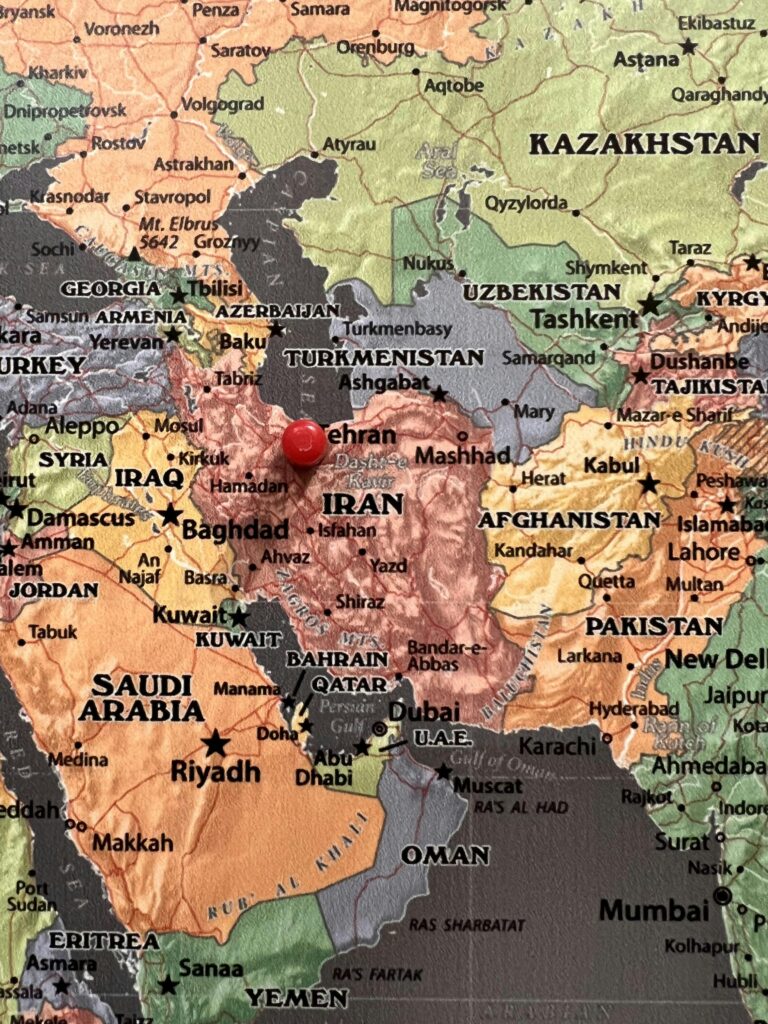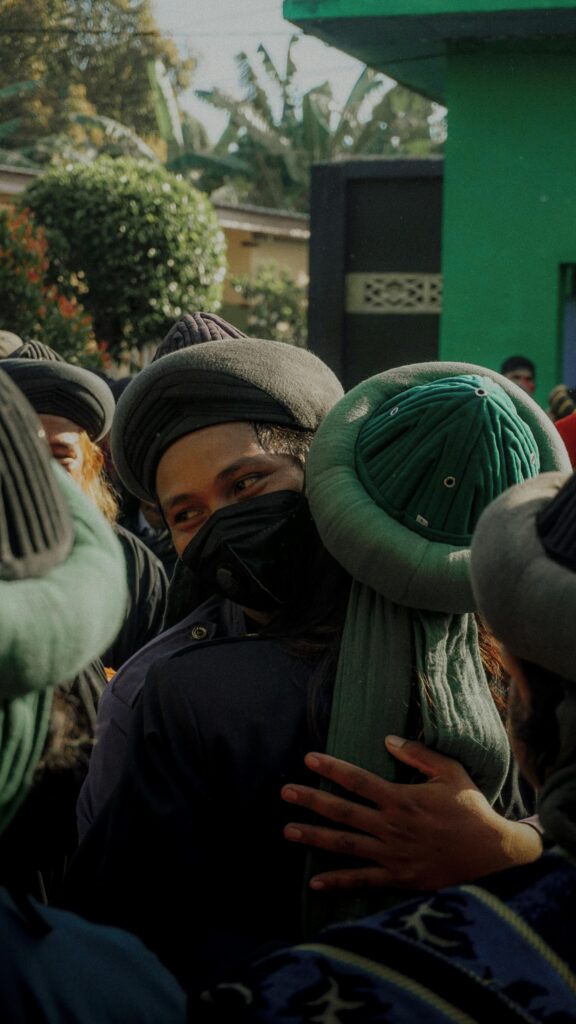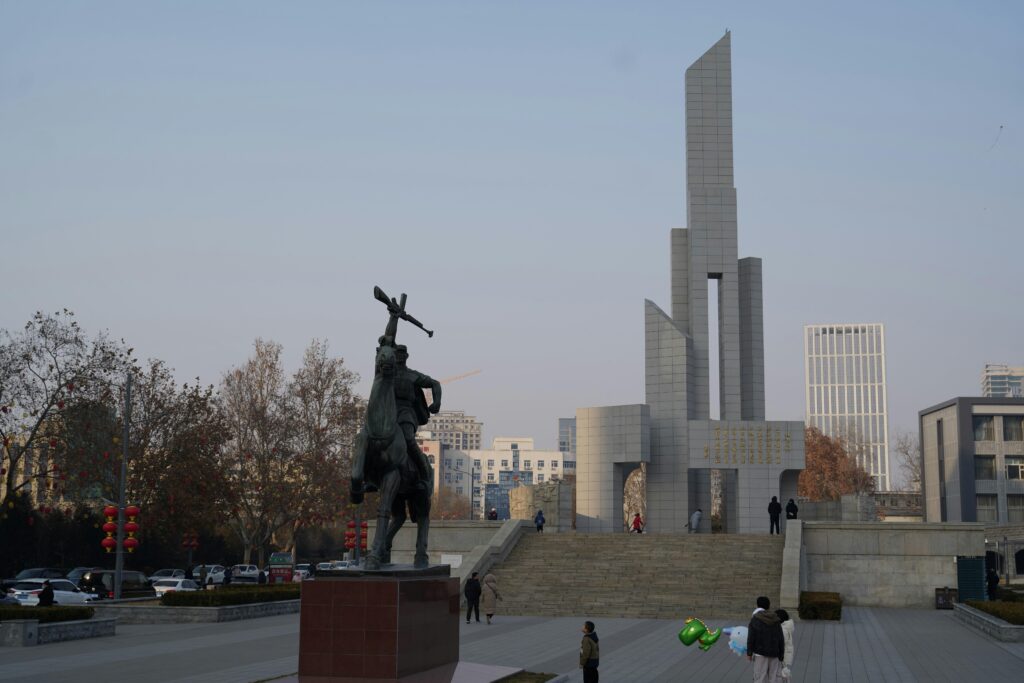Counterinsurgency operations in Iraq and Afghanistan have posed some of the most complex and challenging military campaigns of the modern era. These conflicts required more than just conventional warfare tactics—they demanded adaptive strategies that integrated military precision with cultural understanding, political savvy, and community engagement. In this article, we will explore the most effective counterinsurgency tactics employed across these theaters, analyzing what worked, what didn’t, and the lessons learned that continue to shape military doctrine today. Whether you’re a defense professional, policy enthusiast, or history buff, gaining insight into these approaches offers a clearer picture of how modern conflicts are fought and resolved.
Table of Contents
- Understanding the Cultural Landscape to Enhance Local Engagement
- Integrating Technology and Intelligence for Precision Operations
- Building Sustainable Security Through Community-Centered Approaches
- Strengthening Coalition Cooperation and Interagency Coordination
- In Summary
Understanding the Cultural Landscape to Enhance Local Engagement
Successful engagement with local populations hinges on an in-depth appreciation of their traditions, beliefs, and social norms. In both Iraq and Afghanistan, recognizing the diverse tribal affiliations and historical grievances that shape community interactions proved essential. Military efforts that failed to consider these elements often encountered resistance or mistrust, undermining operational goals. Conversely, forces that prioritized cultural literacy fostered trust and cooperation, transforming potential adversaries into valuable allies.
Key practices include:
- Integration of cultural advisors: Embedding local experts within units provided real-time guidance on etiquette, conflict sensitivities, and negotiation tactics.
- Respect for religious customs: Scheduling activities around prayer times and religious holidays demonstrated respect that resonated deeply with local populations.
- Community-centered dialogue: Prioritizing face-to-face conversations at the tribal or village level helped uncover grievances and build consensus on security priorities.
- Support for local governance: Collaborating with established leaders reinforced legitimacy and encouraged grassroots ownership of stabilization efforts.
By weaving cultural understanding into operational planning, counterinsurgency campaigns created sustainable engagement frameworks that outlasted initial military presence.
Integrating Technology and Intelligence for Precision Operations
Leveraging cutting-edge technology alongside actionable intelligence transformed the landscape of counterinsurgency operations in Iraq and Afghanistan. By fusing real-time data analysis with advanced surveillance tools, forces could execute precision strikes and limit collateral damage. Unmanned Aerial Vehicles (UAVs) equipped with high-resolution imaging and IR capabilities provided constant eyes on the battlefield, enabling dynamic response to insurgent movements. This integration also empowered ground units with better situational awareness through digital mapping and predictive analytics, which sharpened mission planning and adaptive tactics on the fly.
Key elements that enhanced operational precision included:
- Encrypted communication networks ensuring secure, instantaneous coordination between units.
- Big data analytics harnessed to identify patterns, anticipate threats, and disrupt insurgent supply chains.
- Wearable biometric sensors to monitor soldier health and stress levels, optimizing troop performance.
- Artificial Intelligence-driven target recognition reducing human error and accelerating decision-making.
Combining technological innovation with human intelligence and cultural understanding created a force multiplier effect, allowing coalition forces to act decisively and with greater precision amid the complexities of asymmetric warfare.
Building Sustainable Security Through Community-Centered Approaches
Lasting stability in regions affected by insurgency hinges on the empowerment of local communities as active stakeholders rather than passive recipients of security measures. By fostering trust and collaboration between security forces and civilians, efforts transition from purely militarized engagements to holistic initiatives that address root causes of unrest. This includes investing in local governance, supporting education and economic opportunities, and ensuring that security personnel are culturally sensitive and linguistically capable. Such a paradigm shift not only diminishes the insurgents’ influence but also builds resilience within the population, making it difficult for extremist ideologies to take hold.
Practical strategies for community-centered security emphasize:
- Engagement with Tribal Leaders: Recognizing their authority and leveraging their influence to mediate conflicts and endorse governmental initiatives.
- Community Policing Models: Recruiting and training local security forces who understand community dynamics and can act as credible protectors.
- Integrated Civil-Military Operations: Coordinating efforts to provide reconstruction, humanitarian aid, and essential services in tandem with security operations.
- Transparent Communication Channels: Establishing forums for dialogue to combat misinformation and foster mutual understanding.
These components collectively promote a security environment where civilians feel invested in the peace-building process, fundamentally shifting the narrative away from occupation towards partnership.
Strengthening Coalition Cooperation and Interagency Coordination
Success in counterinsurgency operations hinges on the seamless integration of diverse entities working under a shared mission. Establishing robust communication channels among coalition forces and relevant agencies enhances situational awareness and allows for timely, informed decision-making. Emphasizing joint training exercises and embedding liaison officers within partner units foster mutual trust and a unified operational tempo, which are critical in environments marked by fluid threats and complex socio-political dynamics.
Key factors that elevate coalition and interagency synergy include:
- Unified Command Structures: Streamlining hierarchies to minimize duplication and ensure clear accountability.
- Integrated Intelligence Sharing: Leveraging technical platforms and human networks to create comprehensive threat pictures.
- Coordinated Civil-Military Efforts: Aligning stabilization initiatives with tactical operations to strengthen local governance and infrastructure.
- Cultural Competency Training: Enhancing understanding between diverse coalition members and host communities.
By prioritizing these elements, coalition partners can navigate the complexities of modern insurgencies more effectively, ultimately enabling sustainable security improvements on the ground.
In Summary
In conclusion, the experience of counterinsurgency operations in Iraq and Afghanistan offers invaluable lessons for future engagements. Effective counterinsurgency requires a nuanced blend of military precision, cultural understanding, and sustained commitment to winning hearts and minds. By prioritizing local partnerships, intelligence-driven actions, and adaptive strategies, forces on the ground can better navigate the complexities of irregular warfare. As conflicts continue to evolve, so too must the tactics and approaches used to address them—drawing on past experiences to inform smarter, more effective solutions that ultimately promote stability and peace.













